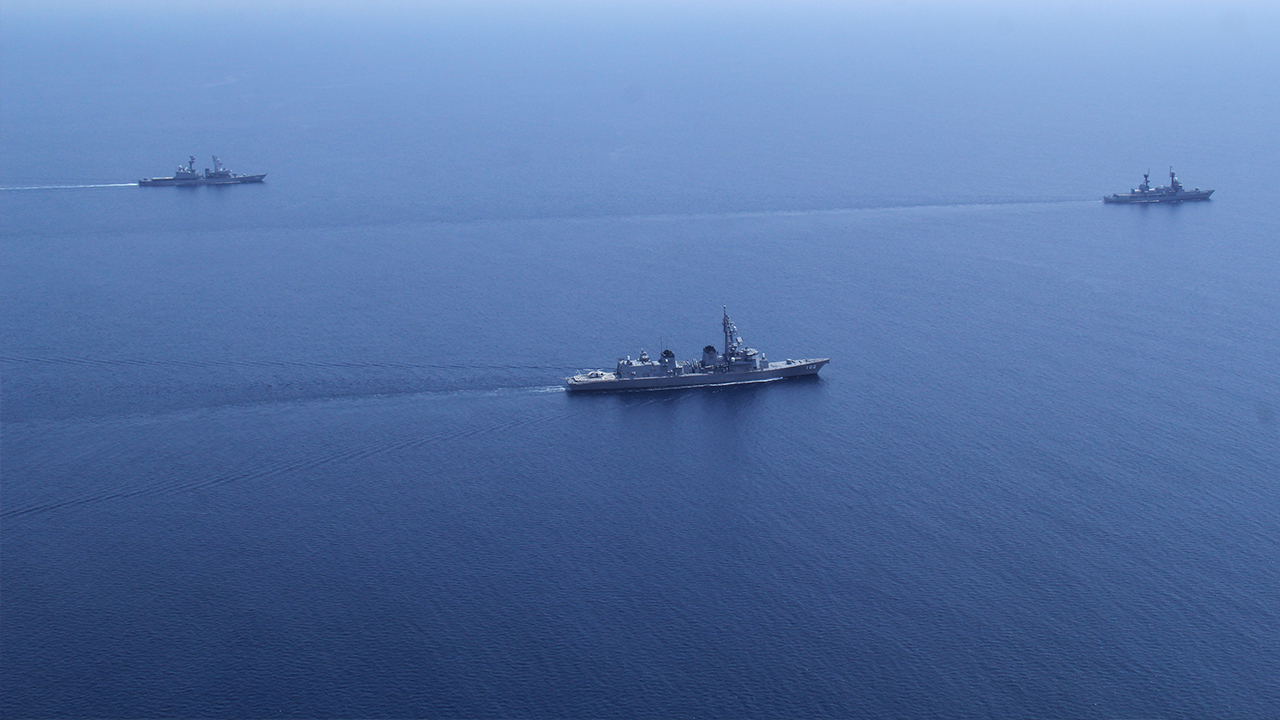There was only one way the Hague-based Permanent Court of Arbitration’s (PCA) verdict on Tuesday was going to go and it was never going to be in China’s favour. Notably, one of the most crushing blows of the verdict was the one delivered to the foundation on which China’s whole ‘sovereignty’ claim is built — the ‘historical right’ angle:
“The Tribunal concluded that historical navigation and fishing by China in the waters of the South China Sea represented the exercise of high seas freedoms, rather than a historic right, and that there was no evidence that China had historically exercised exclusive control over the waters of the South China Sea or prevented other States from exploiting their resources. Accordingly, the Tribunal concluded that, as between the Philippines and China, there was no legal basis for China to claim historic rights to resources, in excess of the rights provided for by the Convention, within the sea areas falling within the ‘nine-dash line’.” (emphasis added)
Preempting a less-than-positive ruling from the PCA, China had been preparing a white paper titled China Adheres to the Position of Settling Through Negotiation the Relevant Disputes Between China and the Philippines in the South China Sea , which was promptly issued by the State Council Information Office on Wednesday morning. Among the many interesting features of the 66-page document, the part that stands out is the section outlining China’s historical claim. But, before getting into that aspect of the white paper, here’s the (now customary) at-a-glance version:
Naturally, the document was going to lash out at China’s primary antagonist in this whole matter: The Philippines. And so it stated that the core of the relevant disputes between China and the Philippines in the South China Sea lies in the territorial issues caused by the Philippines’ invasion and illegal occupation, starting in the 1970s, of some islands and reefs of China’s Nansha Qundao (the Nansha Islands). “The Philippines has concocted many excuses to cover up this fact, and to pursue its territorial pretentions,” said the document, adding that Manila’s relevant claim is groundless from the perspectives of either history or international law. The document asserted that China has claims over the South China Sea for 2,000 years and the Philippines, which had filed the petition before the Permanent Court of Arbitration in the Hague, was occupying Chinese territory. It attacked the Philippines for turning “a blind eye to bilateral consensus”, saying Manila has repeatedly taken moves that complicate the relevant disputes, gradually intensified them between China and the Philippines in the South China Sea. With that out of the way, let’s examine the white paper’s attempt to bludgeon a Chinese understanding of history into the world at large, starting with the first section titled ‘Nanhai Zhudao are China’s Inherent Territory’. But first, a bit of background: Nanhai Zhudao (the islands of the South China Sea), particularly the Spratly Islands, have been at the centre of this whole territorial debate. Apart from dismissing China’s historical claims, the PCA had also ruled that “all of the high-tide features in the Spratly Islands… are legally ‘rocks’ that do not generate an exclusive economic zone or continental shelf”. The most striking part of section one of this white paper is the first paragraph, that says:
The Chinese people have since ancient times lived and engaged in production activities on Nanhai Zhudao and in relevant waters. China is the first to have discovered, named, and explored and exploited Nanhai Zhudao and relevant waters, and the first to have continuously, peacefully and effectively exercised sovereignty and jurisdiction over them, thus establishing sovereignty over Nanhai Zhudao and the relevant rights and interests in the South China Sea.
Whether or not this constitutes the international relations equivalent of “My seat! I saw it first!” is up for debate, but the subsequent paragraphs trace the origins of these historical claims including some apparently incontrovertible facts like: 1. As early as the 2nd century BCE in the Western Han Dynasty, the Chinese people sailed in the South China Sea and discovered Nanhai Zhudao in the long course of activities 2. A lot of Chinese historical literatures chronicle the activities of the Chinese people in the South China Sea. These books include, among others, Yi Wu Zhi (An Account of Strange Things). 3. The Chinese fishermen have developed a relatively fixed naming system for the various components of Nanhai Zhudao in the long process of exploration and exploitation of the South China Sea. There’s a bunch more such references that you should definitely check out at your leisure. The next section, titled ‘The Chinese people have long been the master of Nanhai Zhudao’, serves to reinforce these chapters from history, almost as if to repeat the point because the reader didn’t get it the first time. This part though, also deals with more contemporary history, explaining events over the past century that support historical claims to the South China Sea islands. And the next section appears to be a ‘Don’t believe us? Ask anyone!’, rather aptly titled “China’s sovereignty over Nanhai Zhudao is widely acknowledged in the international community”. What is truly impressive is the series of encyclopedias (that support China’s claims) quoted in final paragraph of the section, including the 1960 Worldmark Encyclopedia of the Nations by the Worldmark Press published in the United States, the Atlas Mira from 1954 to 1959 and the 1957 Administrativno-territorialnoe Delenie Zarubezhnyh Stran published in the Soviet Union, the 1959 Világatlasz and the 1974 Képes Politikai és Gazdasági Világatlasz published in Hungary, the 1959 Maly Atlas Sv ta published in Czechoslovakia and the 1977 Atlas Geografic Scolar published in Romania. White paper or not, China’s claims are not going to fade any time soon and this dispute is likely to continue for a long time. Don’t hold your breath. With inputs from PTI
)